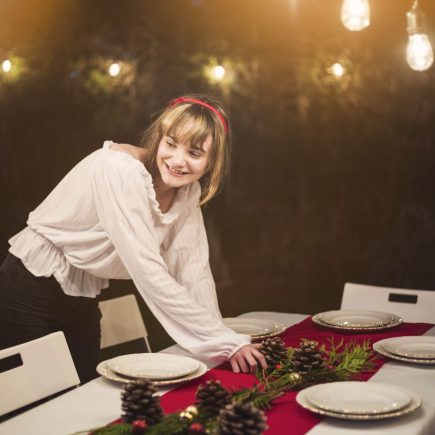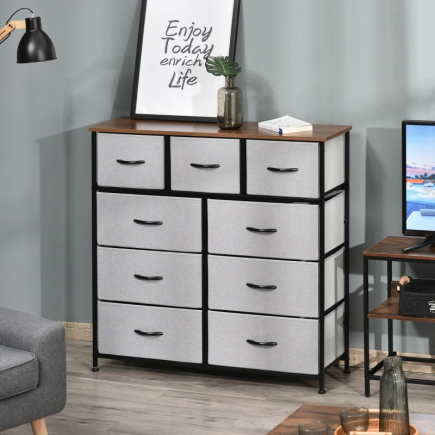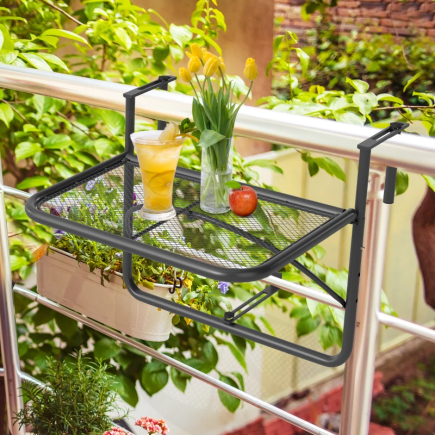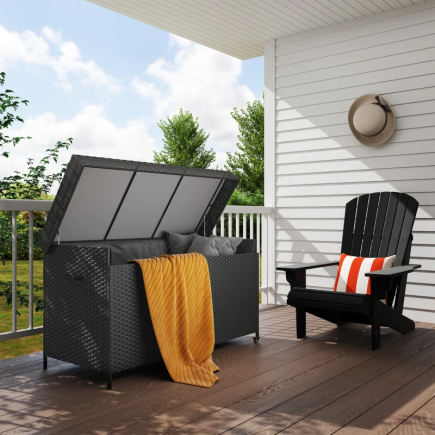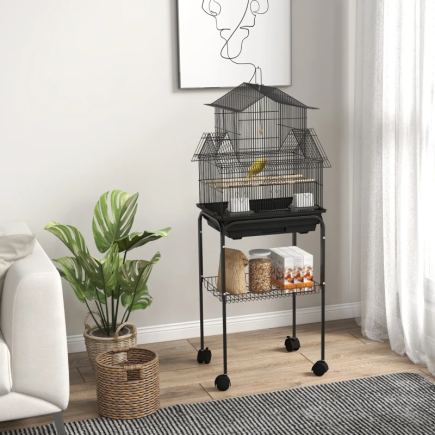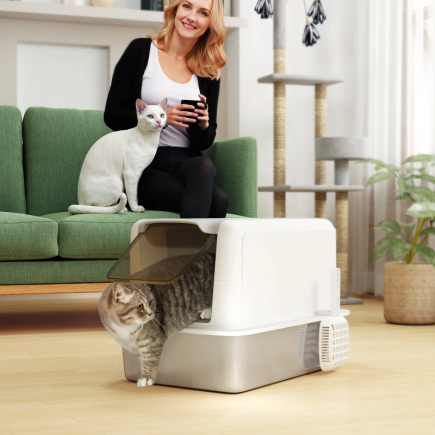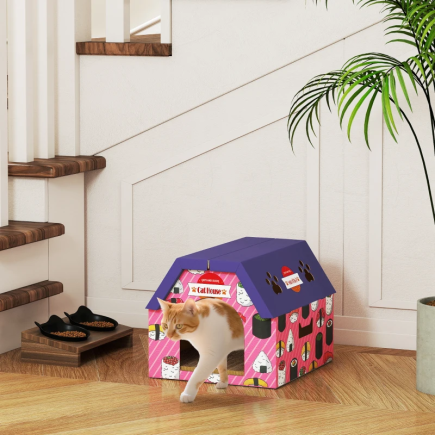A fireplace screen is not just for decoration,it’s an essential safety feature. The right one will stop sparks and embers from escaping, protect children and pets from getting too close, allow heat to circulate effectively, and fit naturally into your home’s style.

Choosing without care can lead to safety gaps, heat loss, or a screen that feels awkward and out of place. To make sure your choice works for both safety and style, here’s what you should think about before buying.
1. Safety is the First Priority
The most important job of a fireplace screen is to protect people and property from the dangers of an open fire.

How it protects you
- Spark and ember control: Fires, especially wood-burning ones often release sparks that can fly out several feet. Without a screen, they can scorch rugs, damage wood floors, or even start a fire.
- Heat barrier: Even without sparks, the heat from the flames can burn if someone gets too close. The screen acts as a safe buffer.
- Debris containment: Burning logs can shed ash, bark, or other small debris. A screen keeps these inside the hearth.
What to look for
- A fine or medium mesh to stop sparks while still letting heat through.
- Full coverage of the fireplace opening, no gaps at the sides, top, or bottom.
- A stable frame that won’t tip over if it’s nudged.
2. Measure for an Accurate Fit
No matter how attractive a screen looks, it won’t be safe if it doesn’t fit your fireplace properly.

Steps to measure
- Width: Measure across the inside edges of the fireplace opening.
- Height: Measure from the hearth (or floor, if the fireplace is flush) to the top of the opening.
Add overlap for safety
- For flat screens, add at least 1 inch to both height and width so it covers completely.
- For folding screens, add at least 1 inch in height and 10–12 inches in width so the panels can stand securely.
A screen that’s too small can let sparks slip past. One that’s too large can sit awkwardly, wobble, or make it harder to reach your fire.
3. Pick the Type That Fits Your Needs
The type of screen you choose affects safety, ease of use, and how it looks in your room.
Main types to consider
- Flat guard / spark guard: Fits close to the fireplace for maximum spark protection. Best for homes with kids or pets.
- Folding / multi-panel: Adjustable width and easy to store. Works well for different fireplace sizes and adds decorative interest.
- Screens with doors: Have one or two swing-open doors for adding wood or tending the fire without moving the whole screen. Great for regular fireplace users.
- Convex screens: Curve outward, adding depth and often hiding the fireplace frame.
- Glass panels: Sleek, modern look. Best for gas fireplaces, less suitable for wood fires because they block more heat.
Tip: Think about how often you use your fireplace and how much access you’ll need to the fire. If you light fires daily, quick access will matter a lot.
4. Choose a Material That Matches Heat and Style Needs
The material you choose affects durability, safety, and how well it fits your décor.
- Wrought iron: Very strong, handles high heat, and works well in traditional or rustic spaces.
- Steel: Durable, modern, and low-maintenance.
- Brass: Elegant and timeless, better for style emphasis than heavy heat use.
- Bronze: Warm tones, refined look, long-lasting.
- Glass: Minimalist style, ideal for decorative or gas fireplaces.
Best for wood-burning fireplaces: A metal frame with mesh. This gives you both heat resistance and spark protection.
5. Balance Heat Flow with Spark Protection
Different screen designs change how much warmth passes into the room.
- Fine mesh: Maximum spark control, but slightly reduces direct heat.
- Medium mesh: Good balance of warmth and safety, a versatile choice for most homes.
- Wide mesh: Allows more heat but less spark protection. Only use with low-spark fires.
- Glass: Attractive but blocks more heat. Best for fireplaces that aren’t a main heat source.
If warmth is a priority, avoid glass panels or overly fine mesh.
6. Extra Safety for Children and Pets
If you have children or pets, your fireplace screen needs to do more than block sparks.

Look for:
- A wide, stable base to prevent tipping.
- Enough weight to stay in place during accidental bumps.
- Side coverage so they can’t reach in from the edges.
- Small mesh openings to prevent fingers or paws from going through.
For the highest safety, consider a tall enclosed guard or a nursery fender design.
7. Ease of Handling and Access
Think about how often you’ll move or adjust your screen.

- Light to medium weight: Easier to handle for cleaning or fire tending.
- Built-in doors: Add convenience if you use your fireplace often.
- Handles or side grips: Make repositioning safer and quicker, even when the fire is burning.
If you use your fireplace regularly, these features will make a big difference in comfort and safety.
8. Consider Storage for Seasonal Use
If you only use your fireplace in colder months, you’ll need a screen that’s easy to store.

- Folding screens: Compact and can be stored neatly; some still look decorative when placed beside the hearth.
- Single-panel screens: More solid and stable, but bulkier to store.
9. Match the Style to Your Home
Once safety and fit are covered, choose a screen that complements your room.
- Traditional style: Brass, ornate wrought iron, or antique-inspired patterns.
- Modern style: Clean-lined steel or glass.
- Rustic style: Heavy wrought iron, distressed finishes.
Tip: Matching your screen’s finish to your fireplace tools or mantel hardware creates a polished, intentional look.
10. Match the Screen to Your Fuel Type
The type of fireplace you have will guide your choice.
- Wood-burning: Needs a mesh screen to catch sparks.
- Gas: No sparks, so glass or open designs are safe.
- Electric: Only for decoration, focus entirely on design.
Make Your Choice with Safety and Fit in Mind
Fireplace Screens should keep your home safe, fit perfectly, suit your style, and be easy to use. Before you buy, measure carefully, choose the right type and material for your fireplace, make sure it’s stable, and consider how you’ll use it day-to-day. Once those essentials are covered, pick a design that enhances your home’s look. A well-chosen screen will protect your home, work for your lifestyle, and make your hearth a focal point you enjoy for years.
FAQs
1. Do fireplace screens require any maintenance?
Yes, Mesh and metal frames can collect soot and dust over time. Wipe them with a soft cloth or vacuum with a brush attachment regularly, and check for any bent frames or damaged mesh that could compromise safety.
2. Can a fireplace screen be used with an outdoor fireplace?
Yes, but it should be made of rust-resistant materials like powder-coated steel or wrought iron with weather protection. Outdoor models should also be heavier to withstand wind.
3. Are custom-sized fireplace screens worth it?
If your fireplace has a non-standard size or shape, a custom screen ensures proper fit and complete protection. While more expensive, it prevents gaps that could allow sparks to escape.
4. Can I place a fireplace screen in front of a fireplace insert or stove?
You can, but only if the screen is designed to handle the specific heat output and airflow requirements of inserts or stoves. Always check manufacturer guidance to avoid blocking ventilation.
5. How far should a fireplace screen be placed from the fire?
Position it close enough to fully cover the opening but far enough to avoid direct flame contact. Usually, a 2–3 inch gap from the fire source is ideal for heat circulation and to protect the screen’s finish.







